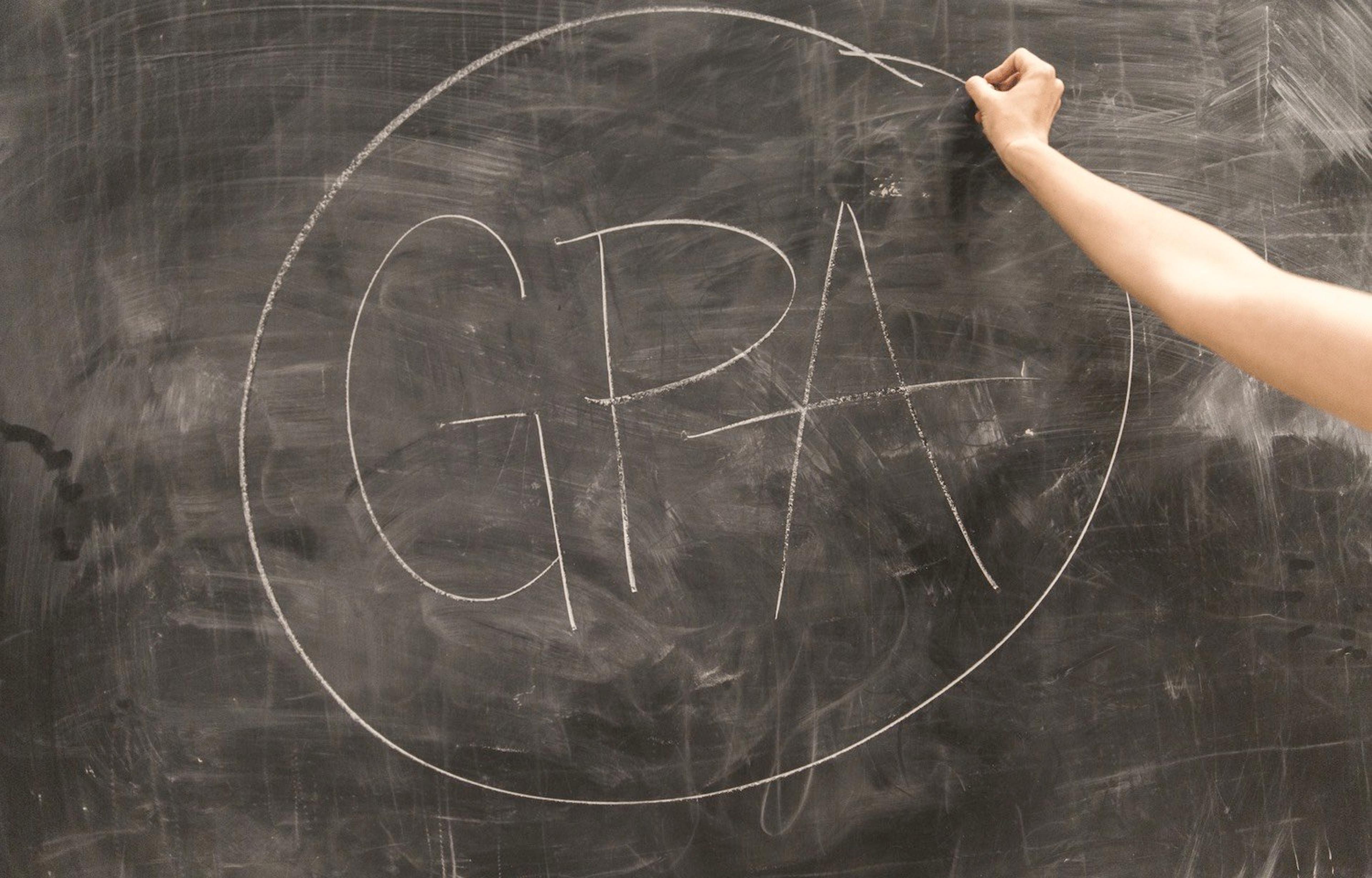Stanford GSB Essay Tips: 3 Keys to Get In (From a Stanford MBA)
A Stanford MBA and pro admissions coach outlines the top 3 attributes of successful Stanford MBA essays to help you put together the strongest possible GSB application.

By Damon C.
Stanford MBA | Ex-Sr Admissions Consultant at Admissionado & Veritas Prep
Posted June 13, 2025

Table of Contents
Free Event

Featuring Horatiu S.
Profile Power: A LinkedIn Profile That Gets You In
Starting Tuesday, September 2
11:00 PM UTC · 45 minutes

Featuring Horatiu S.
Having worked closely with MBA hopefuls for over 15 years, I have seen, time and time again, how not-so-great candidates had impressed adcom with stellar application essays, and conversely, how shoo-ins had failed by not doing what they should have done.
The Stanford essays are hard – everyone can agree. But there is a big difference between good and great, and the latter is what you have to aim for. Getting a place at the GSB is extremely competitive, so it is expected that the candidate aces their essays. This article outlines what you need to think about when crafting your essays, especially the first Stanford essay – “What matters most to you and why?”
In fact, I don’t call them essays; they are stories, real stories, told with your real voice and reflecting your deeply-held passion, fears, and hopes. You have to lay all your cards on the table – Stanford expects nothing less.
Here’s how to write the strongest possible Stanford essays, based on my experience as an alumnus of the MBA program and decade of admissions coaching.
Read: Craft a Powerful Essay for Stanford GSB: What Matters Most & Why? and Stanford GSB MBA Essays: Prompts, Tips, & Examples
Authenticity
Marcus was a client who came to me with a story he had fully scoped out. When I asked him how real the story was, he was cagey, and eventually confessed it was something he thought the admissions committee would want to hear. I quickly set him straight – what Stanford sought was something truly authentic, something from deep within yourself that showcased who you really are. It is a tall order, and many, if not most, clients have a tough time getting there.
So what is to be done? When I start working with a client, I will spend the initial sessions just brainstorming and asking questions like: What would you do if you already had $100 million in the bank? What legacy would you want to leave behind? What regrets would you have on your deathbed if there was something you failed to do? It is always surprising what these probing sessions uncover. Many, many essays from my past clients have had to be thrown out and rewritten from scratch. More importantly, however, my clients start to think about their lives from a different – perhaps fresh – perspective, unlocking the key to authenticity.
Marcus understood what I was trying to do but he had reservations, the main one being that his passion was unrelated to his career thus far. Most people think this is a huge stumbling block; I don’t. One of the most common reasons for going to business school is a career transition. As long as you are able to explain your intended career move in an intelligent, meaningful fashion, the problem goes away. The key is, you guessed it, authenticity.
There are many reasons why a person would end up in a career unrelated to their passion – family expectations, economic expediency, peer pressure, etc. This is not an excuse for being a consultant or investment banker or whatever. All this is still a part of who you are; and how you frame your life’s journey – warts and all – is what makes the best essays.
Conversely, the fear of presenting something ugly or contradictory about yourself is what is preventing people from being truly authentic. Most critically, if your passion lies outside the business arena, it is time to rethink your need and desire for an MBA.
Marcus, who was an accountant, had a hard time expressing in words his desire to move into sustainability-based technology. The truth was, all he needed was some reassurance and proper guidance.
Uniqueness
Dan was an analyst at an investment bank. His fear was that his background was too much alike other finance guys working in similar capacities, and that he wouldn’t be able to distinguish himself and stand out; this despite the fact that it was a well-known bank and that Dan had worked on several high-profile transactions.
Dan’s fear echoed those of many of my other clients, working in companies that were household names – Microsoft, Bain, Proctor & Gamble, etc., who felt they had cookie-cutter resumes and were merely on a conveyor belt going in the same direction.
On the surface, there is some truth to this. But coming to the conclusion that they lacked uniqueness was a fundamental misunderstanding of what business schools, and in particular, Stanford, are looking for. Once you dig a little deeper, all the differentiating factors start jumping out.
Here are three things to consider.
1. It is not what you do, but how you do it.
After much soul searching, Dan came to the conclusion that what matters most to him was “having a can-do spirit.” This reflected his upbringing and underprivileged background. Outside of work, Dan had been volunteering with a non-profit that offered connectivity to jumpstart tech-based education in an international location. In fact, he had spent time there getting his hands dirty and seeing the transformation.
Dan had long wanted to try his hand in ed-tech, either by joining a start-up or bootstrapping his own company. Yes, there are many such stories and I have helped clients craft similar essays over the years. But, what makes each story different is the specific method and mindset with which you hope to bring about the enterprise. In this case, Dan envisioned a private-public approach to launch the initiative with an eventual transition to local grassroots partnerships. He was convinced success was possible because he knew the local conditions, had met with the powers-that-be, and saw what worked and what didn’t. And of course, he was going to bring his “can-do” attitude.
What made the story jump out was when he described seeing a child hold a cell phone for the first time – eyes widening in shock and then glee, grasping very quickly its utility and potential. What if Dan multiplied that a million-fold? He was certainly going to try.
2. Go the extra mile.
Abby worked at a well-known FMCG firm. Part of her job entailed organizing in-house audits when discrepancies cropped up that could not be resolved without further investigation. Abby would then assemble ad-hoc teams to go on-site to carry out the audit. There were other managers doing the same work, but Abby was responsible for a particularly difficult audit that brought her to the attention of the company’s CEO.
What she did was go beyond what was required. First, to ensure everyone was on the same page, Abby created, with the help of a tech guy she persuaded, an online system of logging the audit work, allowing transparency and cross-checking of the team members’ progress. No other manager did that. Further, to boost morale, she organized fun activities to facilitate teamwork and improve communication. More impressively, when everyone went home, Abby stayed back each night to check and counter-check the results. Because she was burning the midnight oil, Abby’s work came to the attention of his CEO, who was wondering why the lights were on in the middle of the night at one of his plants.
When the CEO found out what was happening, he visited Abby on location and told her that was exactly what he did – working late into the night for his team – when he was a manager himself many years ago. A bond was forged. With this, Abby crafted a truly memorable essay, and, in addition, was able to obtain a letter of recommendation from the CEO, one of the most impressive letters I have ever read.
3. Focus on the wider impact.
My client Rachel, a management consultant, seemed to have exhausted her supply of work stories when, revisiting her resume, I asked her for further details of her work projects. What initially appeared to be a ho-hum assignment was really much more, simply because she had failed to relate what happened after that assignment.
In fact, her client was so impressed with her calm demeanor and work ethic, despite the high-stress situation, that they asked Rachel to be their company liaison, even though she was the most junior member of her team. More impressively, this initial assignment turned into a multimillion-dollar series of engagements, mainly as a result of how she managed the relationship. A fairly ordinary story had turned into something much more, echoing Rachel’s theme of “principled action” as what mattered most to her.
In truth, being unique isn’t difficult, as we are all unique individuals. But, being able to convey the uniqueness in a compelling fashion requires some thought and contextualizing. Coaching will get you there.
Potential
But being authentic and unique aren’t enough. Potential is equally important.
So how is potential presented? First and easiest, potential can be the quantifiable outcome of the hoped-for result. For example, the serviceable market for, say, AI in construction is estimated at $X billion. Or you hope to disrupt a certain industry currently valued at $Y billion. Or the potential reach of your product or service is Z% of the world’s population.
But, when something isn’t quantifiable, it is still necessary to present a qualitative assessment of the likely impact. Use your best judgment to explain what can happen and describe the qualitative effect your actions can bring about. The key is to get adcom excited about the likely consequences. This can be tricky, but it is all about conveying commitment and an executable vision.
As an example, Brandon was a client who wanted to use his MBA to catapult his family foundation to the next level. What mattered most to him was continuing and building on his family legacy. When I asked him how much funds he had raised so far, it wasn’t a very impressive figure; in fact, it was trivial in the big picture.
To help him, I led Brandon through an exercise to quantify the likely impact of his foundation if it really achieved when it set out to do. The result was mind-boggling. The fact was, Brandon had merely been scratching the surface; there was so much more that could be done, that he could do, including leveraging current institutional partners and other organizations in adjacent industries.
With this insight, Brandon crafted a brilliant essay that got him into Stanford and he is now running his very successful family foundation.
The Bottom Line
I don’t want to give you the impression that all this is easy, or, on the other hand, too difficult. The case studies I have outlined above all had positive outcomes. Of course, there are also counter-examples – what not to do – which I will leave for a future article. What you may think as inconsequential, when framed properly, can make all the difference, especially when paired with a deeply meaningful “what matters most.”
Stanford’s first essay is a plea from adcom for you to be authentic, focus on your uniqueness, and demonstrate how you will impact the world in a meaningful way. The second essay flows naturally from that, because, in short, all you have to do is to show how the GSB can equip you with the necessary skills and know-how to multiply the would-be impact already described.
The bottom line is – if you set yourself to think honestly about authenticity, uniqueness, and potential, truly dig deep, and summon the courage to express without reservation, there is no chance you will leave the process a lesser person.
For you are not just helping yourself get into your dream school, you will also have learned something valuable about yourself along the way. I have seen how clients start to talk about themselves in a new way, communicate their passions with renewed clarity and conviction, and have more concrete frameworks with which to construct their future. And that, in the greater scheme of things, is what business school is all about.
For personalized coaching on your MBA essays and the rest of your application, you can book a free intro on my coach profile here. I’d love to help you present the most authentic, unique, and high-potential version of yourself.
Read:

Written by Damon
5.0
(5)
I started my career in investment banking (Credit Suisse, Lehman Brothers) and then transitioned to media/tech (BMG Music, Zeal.com, dotTV) after business school. I then went into film production (Jettone Films, Impact Pictures) before becoming a freelance award-winning writer. I have been coaching professionally for over 15 years, having started at Veritas Prep and then a long-stint at Admissionado. I have gotten my clients into all the top MBA programs. I specialize in working with high-potential, BIPOC and international clients, as well as advising on both US and international business schools. Reviews from some of my past clients: https://gmatclub.com/reviews/instructor/damon-chua-345345617
Damon has helped clients get into organizations like:
The Wharton School (UPenn)
Stanford Graduate School of Business
Columbia Business School
Columbia University
Yale University











